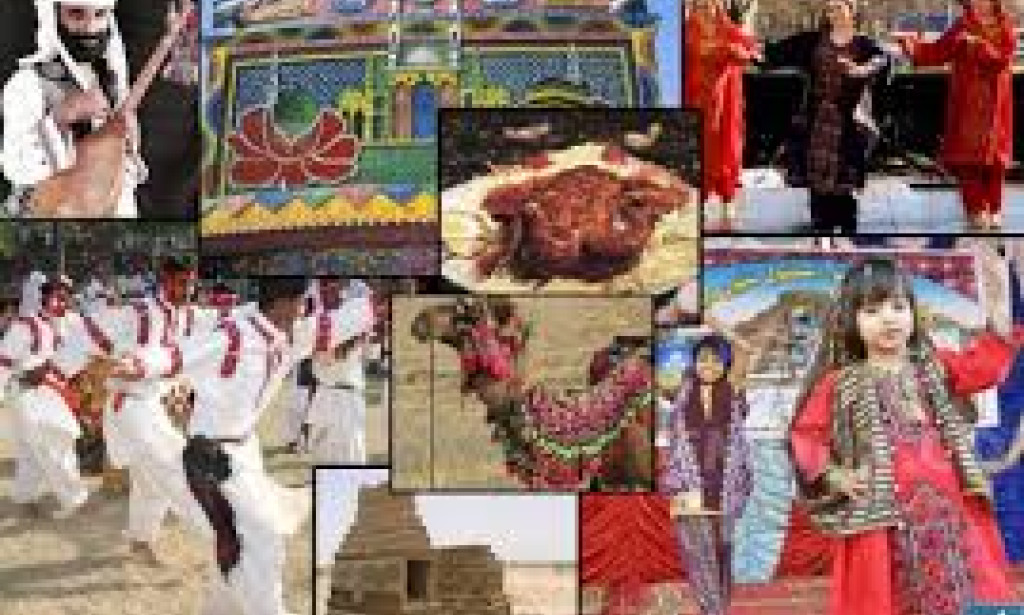The Cultural Diversity of Pakistan: A Land of Many Traditions
Pakistan is a country rich in culture, history, and traditions. Located at the crossroads of South Asia, Central Asia, and the Middle East, it is a land where ancient civilizations thrived and where diverse ethnic groups coexist. From the snow-capped mountains of the north to the vast deserts of the south, Pakistan is home to a unique blend of languages, customs, and traditions that reflect its deep-rooted heritage.
Ethnic and Linguistic Diversity
One of Pakistan’s most remarkable aspects is its ethnic and linguistic diversity. The country is home to several major ethnic groups, including Punjabis, Sindhis, Pashtuns, Baloch, and Muhajirs, along with numerous smaller communities such as the Hazaras, Kalash, and Baltis. Each of these groups has its own language, traditions, and way of life.
Urdu, the national language, serves as a unifying force among Pakistanis, while English is widely used in education, government, and business. However, regional languages such as Punjabi, Sindhi, Pashto, and Balochi continue to thrive, each contributing to Pakistan’s cultural identity.

Traditional Festivals and Celebrations
Pakistan’s cultural richness is best displayed through its festivals and celebrations. Eid-ul-Fitr and Eid-ul-Adha are two of the most significant religious festivals, celebrated with prayers, feasts, and gatherings. The holy month of Ramadan brings a unique charm, as cities light up with decorations, and people come together for iftar meals.
Beyond religious events, Pakistan also celebrates cultural festivals like the Basant Festival in Punjab, marking the arrival of spring with vibrant kites flying across the sky. The Sindhi Ajrak and Topi Day highlights Sindh’s heritage, while the Shandur Polo Festival in Gilgit-Baltistan showcases the ancient sport of polo played at the world’s highest polo ground.

Music and Dance
Pakistan has a rich tradition of music that spans classical, folk, and modern genres. Classical music, rooted in Sufi poetry, is represented by legendary artists like Nusrat Fateh Ali Khan and Abida Parveen, whose qawwalis have gained global recognition. Folk music varies by region, with Balochi banjo, Sindhi Alghoza, and Pashto rabab being popular instruments.
Dance forms like Bhangra in Punjab, Attan in Khyber Pakhtunkhwa, and Ho Jamalo in Sindh reflect the joy and spirit of the people. These performances are an essential part of celebrations, weddings, and festivals.
Culinary Heritage
Pakistani cuisine is a delightful fusion of flavors influenced by Persian, Central Asian, and Indian culinary traditions. Biryani, nihari, seekh kebabs, and chapli kebabs are just a few of the country’s iconic dishes. The use of aromatic spices, slow-cooked meats, and freshly baked bread like naan and roti make Pakistani food a treat for the senses. Sweets like gulab jamun, jalebi, and kheer add to the culinary richness.
Pakistan’s cultural diversity is a source of pride and strength. Despite regional differences, the country’s traditions, festivals, music, and cuisine unite its people. As Pakistan continues to evolve, preserving and celebrating its diverse heritage will remain essential in shaping its identity on the global stage.
Pakistani cuisine is a delightful fusion of flavors influenced by Persian, Central Asian, and Indian culinary traditions. Biryani, nihari, seekh kebabs, and chapli kebabs are just a few of the country’s iconic dishes. The use of aromatic spices, slow-cooked meats, and freshly baked bread like naan and roti make Pakistani food a treat for the senses. Sweets like gulab jamun, jalebi, and kheer add to the culinary richness.



You must be logged in to post a comment.